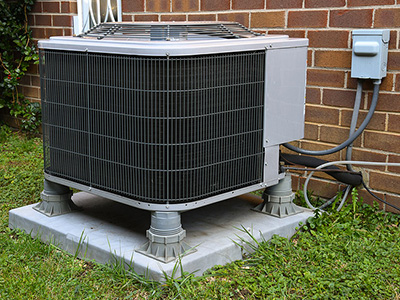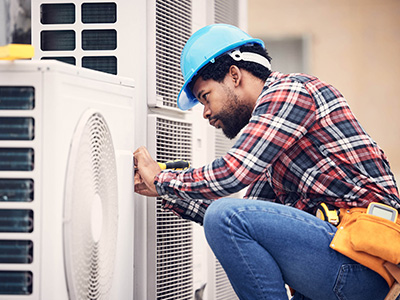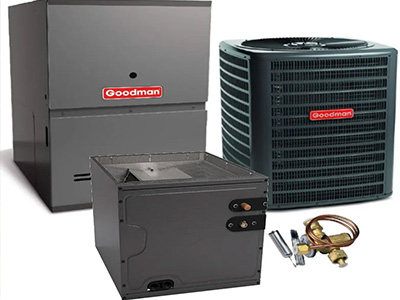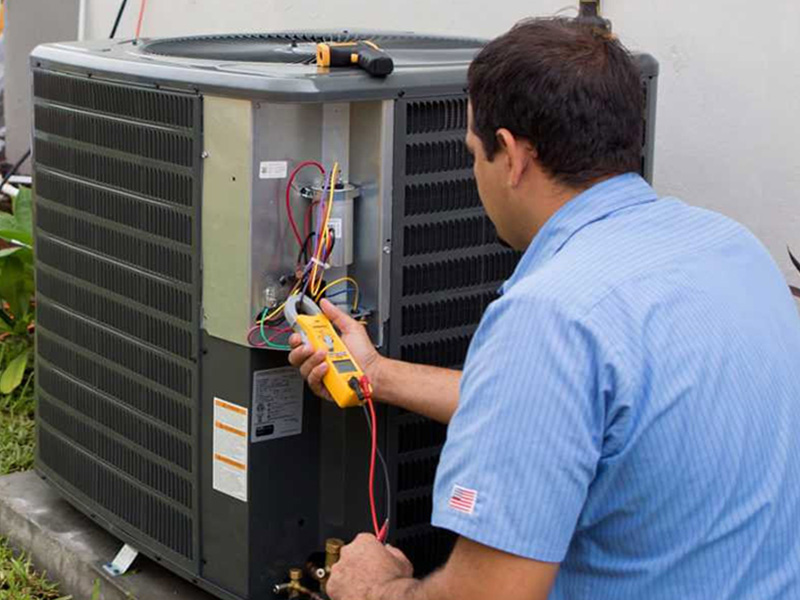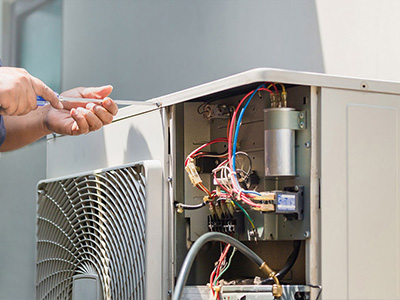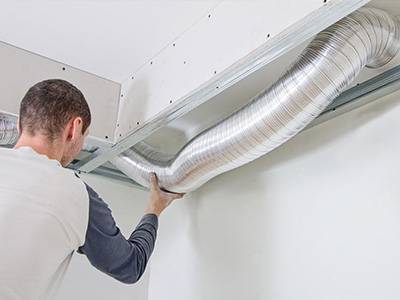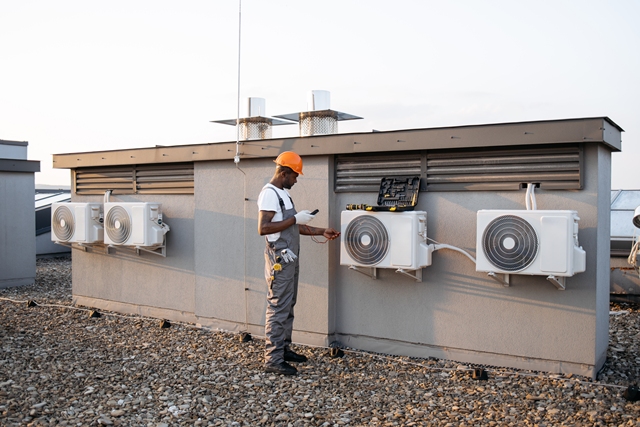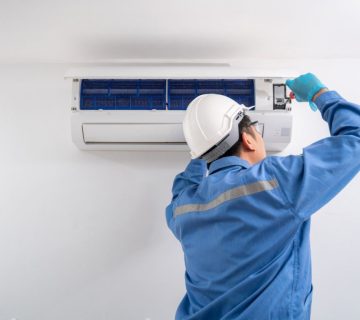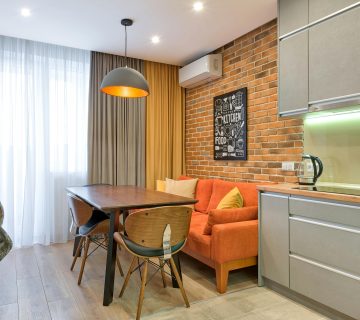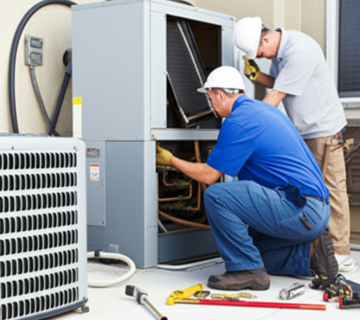Keeping a healthy indoor environment is important for your well-being. One key factor is checking the air quality in your home. Poor air quality can lead to a variety of health issues, including allergies, asthma, and respiratory infections. In this article, we will show you simple steps to check the air quality in your home. Our goal is to help you make smart choices to improve it. As experts in air quality and HVAC solutions, Ara Air in Irvine, California, is here to guide you every step of the way.
Understanding Indoor Air Quality
Before diving into how to check the air quality in your home, it’s important to understand what it means. Indoor air quality (IAQ) is the air quality inside and around buildings. It is important for the health and comfort of the people who live or work there. It is affected by pollutants like dust, mold, pet dander, and volatile organic compounds (VOCs). It also includes carbon dioxide, carbon monoxide, and more.
The air in your home can be more polluted than outside. This is often due to poor ventilation and indoor pollutants building up. Being in a place with bad indoor air for a long time can harm your health. This is especially true for children, older adults, and people with health issues.
Why Is It Important to Check Your Indoor Air Quality?
Poor indoor air quality can lead to a wide range of health problems. Common symptoms of poor air quality include:
- Sneezing or coughing
- Fatigue
- Headaches
- Dry skin or eyes
- Worsening asthma or allergy symptoms
- Difficulty concentrating
If you or anyone in your home experiences these symptoms frequently, it could be a sign of poor indoor air quality. In more extreme cases, exposure to pollutants like carbon monoxide can be life-threatening.
Now, let’s explore how you can check the air quality in your home and what you can do to improve it.
How to Check Air Quality in Your Home: 6 Easy Steps
1. Use an Indoor Air Quality Monitor
The easiest and most accurate way to check your home’s air quality is to use an indoor air quality monitor. These devices measure the concentration of various pollutants in your home, including particulate matter (PM2.5), carbon dioxide (CO2), volatile organic compounds (VOCs), temperature, and humidity levels.
When buying an air quality monitor, choose one that shows real-time readings. It should also give a clear breakdown of pollutants. You can find monitors that measure specific pollutants or comprehensive devices that track multiple factors. Many popular models today are affordable and easy to use. This helps homeowners stay informed about the air they breathe.
2. Keep an Eye on Humidity Levels
Humidity plays a significant role in indoor air quality. High humidity can cause mold and mildew to grow. Low humidity can lead to dry skin, irritated eyes, and breathing problems.
To check the humidity in your home, you can use a hygrometer. This device measures relative humidity. Ideal indoor humidity levels range between 30% and 50%. If your home’s humidity is too high, consider using a dehumidifier. If it’s too low, a humidifier may help balance the air.
3. Check for Visible Signs of Mold
Mold growth is a major contributor to poor indoor air quality. Mold thrives in areas with high moisture, such as bathrooms, kitchens, and basements. If you notice a musty smell, dark spots on walls, ceilings, or floors, or a damp feeling in certain rooms, it could be a sign that mold is present.
To find hidden mold, you may need to check hard-to-reach places. Look behind wallpaper, under carpets, and inside ducts. If you find mold, it’s important to deal with it right away. Clean the area with mold removal products and improve ventilation.
4. Check for Dust and Allergens
Dust is one of the most common indoor air pollutants. It consists of tiny particles such as dirt, skin flakes, pet dander, and pollen. Over time, dust can accumulate on surfaces and be stirred into the air, leading to poor air quality.
To check for dust, take a close look at surfaces such as furniture, shelves, and vents. If dust builds up quickly, it may mean your air filter is not working well. It could also mean there is not enough ventilation in the area. Dusting and vacuuming often can help reduce allergens. You might also think about getting an air purifier with a HEPA filter. This type of filter can trap small particles.
5. Look for Carbon Monoxide Levels
Carbon monoxide (CO) is a colorless, odorless gas that can be very dangerous in high concentrations. It is produced by combustion sources, such as gas stoves, fireplaces, and water heaters. Carbon monoxide poisoning can cause headaches, dizziness, nausea, and even death in extreme cases.
To check for carbon monoxide, install a CO detector in your home. Many modern models can connect to your home’s smart system. This lets you get alerts on your phone if CO levels become dangerous. Make sure to regularly test the detector and replace the batteries as needed.
6. Be Aware of Volatile Organic Compounds (VOCs)
VOCs are chemicals emitted from products such as paints, cleaners, furniture, and building materials. These compounds can cause eye irritation, headaches, dizziness, and even long-term health effects.
To check for VOCs, consider investing in an air quality monitor that measures VOC levels. If you suspect VOCs are present in your home, make sure to ventilate the area well by opening windows and using exhaust fans. Opt for low-VOC or VOC-free products when redecorating or renovating.
What to Do If Your Air Quality Is Poor
If your home’s air quality is not up to standard, don’t worry — there are several steps you can take to improve it.
Improve Ventilation
Proper ventilation is essential to removing indoor pollutants. Open windows when weather permits, and use exhaust fans in areas such as the kitchen and bathroom. Ensure that your HVAC system is working properly and replace air filters regularly to maintain clean air circulation.
Use Air Purifiers
Air purifiers with HEPA filters are a great way to reduce dust, pollen, pet dander, and other airborne particles. If you have specific allergens or pollutants, think about getting an air purifier made for those issues.
Control Humidity
Controlling humidity levels in your home is important. It helps prevent mold growth and keeps the air quality good. Use dehumidifiers in places that have a lot of moisture, like basements. If the air is too dry, especially in winter, use a humidifier.
Regularly Clean Your Home
Frequent cleaning can help reduce the buildup of allergens and dust in your home. Vacuum carpets and rugs using a vacuum cleaner with a HEPA filter. Wipe down surfaces and clean your HVAC system often.
Invest in an HVAC System with Filtration
If you want to invest in air quality for the long term, think about upgrading your HVAC system. Choose one with better filters. A system with a HEPA filter can catch small particles and allergens. This helps keep your indoor air clean.
Conclusion
Checking the air quality in your home is an essential part of maintaining a healthy and comfortable living environment. With simple tools and regular maintenance, you can ensure that the air in your home remains safe and clean for you and your family. If you’re in Irvine, California, and need help improving your indoor air quality, Ara Air is here to help. Our team of experts offers professional air quality assessments, HVAC solutions, and air purification services to ensure your home remains a safe, healthy space.
By following the steps above, you can make smart choices about checking and improving your home’s air quality. This will create a healthier and more comfortable living space for everyone.

